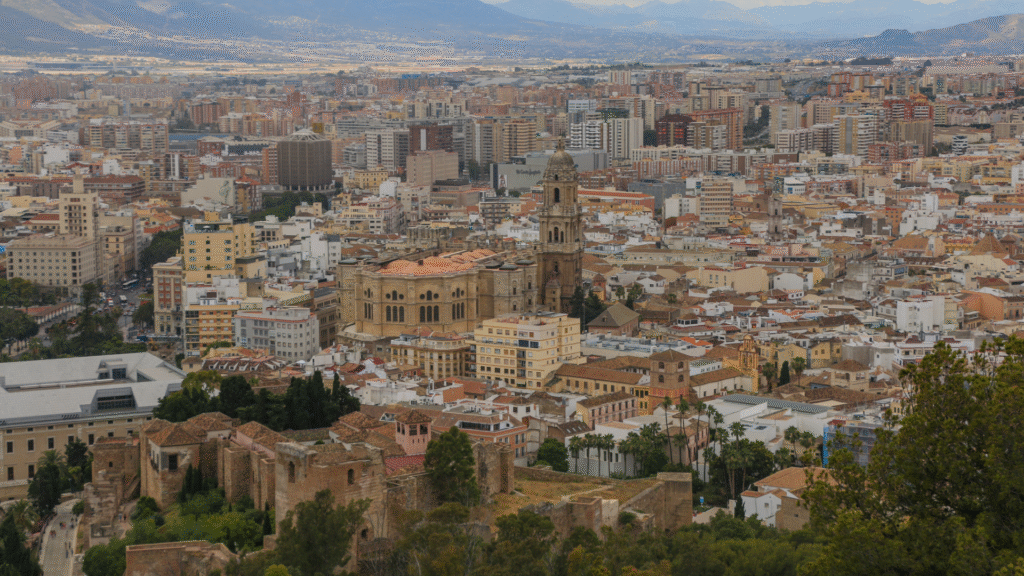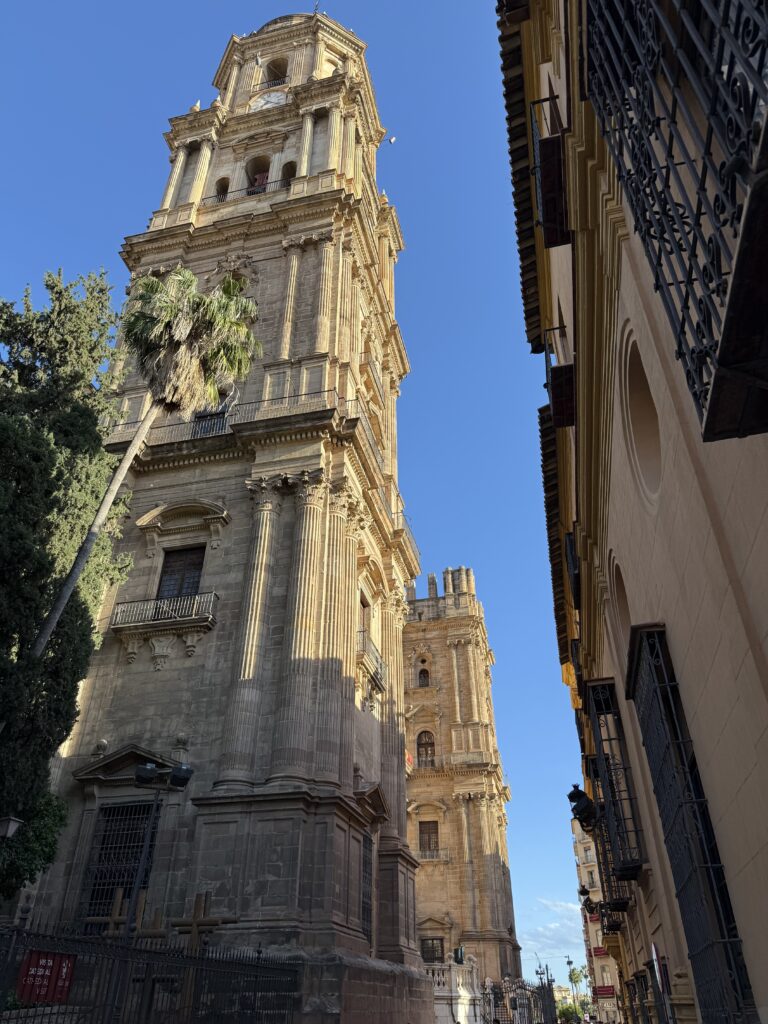And Why That Makes It So Unique
If you ever find yourself wandering the sun-drenched streets of Málaga, Spain, chances are you’ll spot the city’s most iconic landmark towering over the historic center — the Málaga Cathedral. Majestic, imposing, and beautifully detailed in its Renaissance-Baroque blend of styles, the cathedral is a must-see for visitors.
But take a closer look, and you’ll notice something peculiar: one of the cathedral’s towers is missing.
This isn’t a modern renovation or a construction delay — it’s been this way for centuries. The cathedral has been affectionately nicknamed La Manquita, which roughly translates to “The One-Armed Lady.” And yes, it’s exactly what it sounds like: a grand religious building with just one completed bell tower.
So, how did such an important cathedral end up unfinished?

A Story That Spans Centuries
The construction of Málaga Cathedral began in 1528 on the site of a former mosque, as was common after the Reconquista — the Catholic monarchs’ campaign to reclaim Spain from Moorish rule. Built in stages over more than 200 years, the cathedral was intended to be a masterpiece of religious architecture, reflecting the power and glory of the Church and the Crown.
For the most part, it succeeded. The interior is a stunning showcase of craftsmanship — soaring ceilings, intricate woodwork, and breathtaking chapels line the nave. The choir stalls alone are considered some of the finest in Spain.
But by the time the 18th century rolled around, construction funds began to dry up. The second tower, along with other elements of the original design, was left incomplete.
The American Connection?
One of the more romantic — though hotly debated — theories is that the funds meant to finish the tower were redirected to help support the American colonies during their War of Independence. Spain was involved in the conflict and did provide assistance to the Americans, so it’s not entirely implausible.
Still, there’s no official documentation proving that the unfinished state of the cathedral was directly tied to helping George Washington and crew. The more likely explanation? A combination of dwindling royal funds, shifting political priorities, and changing architectural tastes over time.
Embracing Imperfection
Rather than detracting from its grandeur, the missing tower has become part of the cathedral’s identity. It’s not just a quirky architectural detail — it’s a symbol of the passage of time, of plans interrupted, and of how history doesn’t always stick to the blueprint.
Málagueños (the locals) have embraced La Manquita with pride. It stands as a reminder that even unfinished things can be beautiful — maybe even more so because of their imperfections.

A Glimpse Inside: The Cathedral’s Interior
Stepping inside Málaga Cathedral reveals an interior that is as captivating as its storied exterior. The nave is supported by towering Corinthian columns, leading the eye upward to the intricately ribbed vaults adorned with decorative motifs. The sense of verticality and light within the space is both awe-inspiring and serene.
The choir stalls, carved from mahogany and cedar, are masterpieces of 17th-century Spanish Baroque art. Each seat is embellished with detailed sculptures, including allegorical figures and biblical scenes, showcasing the exceptional craftsmanship of artists like Pedro de Mena.
The main altar, known as the Altar Mayor, is a semicircular ensemble featuring six fluted Corinthian columns topped with a beautifully ribbed vault. Designed in 1541 by Diego de Vergara, it stands as a testament to the cathedral’s architectural evolution, blending Gothic and Renaissance elements seamlessly.
Throughout the cathedral, numerous chapels house significant artworks and relics. The Chapel of the Immaculate Conception, for instance, features a 17th-century painting by Claudio Coello, while the Santa Barbara Chapel boasts a Gothic altarpiece dating back to 1524.
The stained-glass windows filter sunlight into a kaleidoscope of colors, illuminating the interior with a warm, ethereal glow. Each window tells a story, adding to the rich tapestry of history and art that defines Málaga Cathedral.
In the end, Málaga Cathedral isn’t just a place of worship — it’s a living piece of history. Its unfinished tower tells a story of ambition, interruption, and the beauty that can be found in what’s left incomplete.
So next time you’re in Málaga, look up — and give a little nod to La Manquita, the charmingly “one-armed” cathedral that has stood tall, even in its incompleteness, for nearly 500 years.
Leave a Reply